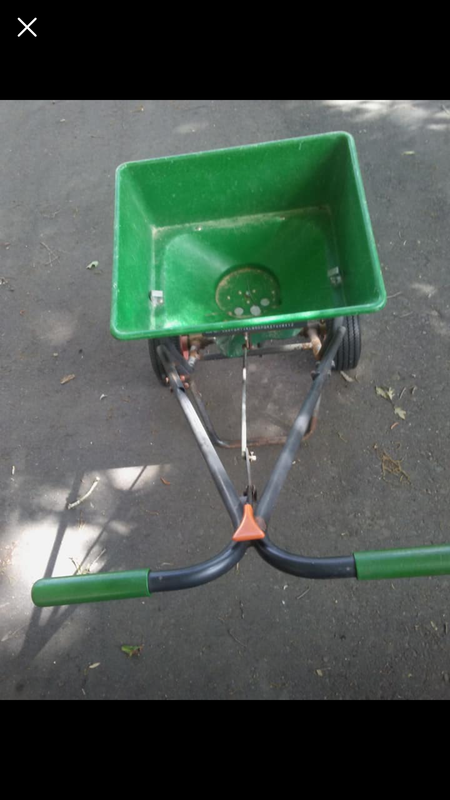

This way you adjust for the weight of the bowl and are only weighing the fertilizer. This model allows you to place the bucket on the scale and then readjust the scale back to zero. The scale will measure up to five pounds. The scale I use is an inexpensive food scale, purchased at Wal-mart and cost about $5.00. A total of six lbs is a good round amount to measure out. The extra fertilizer will make sure it keeps flowing accurately as you get down near the bottom. Always measure out a little more fertilizer than you need. (1) You will need to measure out 5 lbs of fertilizer. (If a 25 lb bag covers 5000 sq.ft., you would need 5 lbs for 1000sq.ft.) For this example, we will use 5 lbs as the amount needed to apply. and multiply the results by 2.Ĭheck to see how much the fertilizer bag or your fertilizer plan says to apply per 1000sq.ft. If your area is small, you could measure 500sq.ft. You can use two smaller areas that equal 1000sq.ft. So, begin by measuring an area of lawn 1000sq.ft. Spreader Calibration Without Mathįertilizer programs are based on a certain number of pounds of fertilizer for every 1000/sq.ft. The formula, however, is easy and fully explained, so no worries. The second spreader calibration method is faster and easier, but requires the use of simple math. The first spreader calibration method requires very little math. If they are not working properly, you should try to fix them or consider purchasing a new spreader. Check to make sure the hopper opens and closes properly and all moving parts are working as they should. The first step before attempting spreader calibration is to make sure your spreader works properly. Spreader calibration is easy when you follow a few simple instructions. Swerving or leaving spaces between rows will cause discoloration where some parts are fertilized and other parts are not. The most common complaint with drop spreaders is how much care must be taken to make sure you are walking straight. You can use a drop spreader on a large lawn, but it will take much longer. It is really only best for small areas or where precision is needed. A couple passes around the garden, then if you want, you can switch to a rotary spreader.ĭisadvantages: It can take skill to use properly. When fertilizing the edges of flowerbeds, water gardens, etc., the drop spreader can be a better choice. He was so frustrated by all the streaks that he threw it into the back of my truck never wanting to see it again.Īdvantages: Drop spreaders are more precise in terms of where you want the fertilizer to go. The drop spreader seen in the photo was given to me by a homeowner. When you make the next pass, care must be taken to make sure there are no gaps between rows or you will get streaks in your lawn. When the hopper is opened, fertilizer drops directly onto the grass. It takes some practice to be able to cover a lawn completely without missing anything. There are tricks that can be learned with experience that will make these spreaders more accurate.Ī drop spreader, as the name sounds, drops fertilizer directly under the spreader when the hopper is opened. It is not perfect, but when the shield is in place, it keeps most of the material from spreading on the covered side. Some broadcast spreaders have a shield that covers one side of the disk.

You could broadcast fertilizer into water gardens, and onto driveways or sidewalks. Most commercial spreaders are the broadcast type.ĭisadvantages: A broadcast fertilizer spreader is not as precise as a drop spreader. These broadcast fertilizer spreaders are more forgiving than drop spreaders. The outer edges of the broadcast range will be the thinnest, so the outside edge will be overlapped during the next pass. Most of the fertilizer will fall within the first three-quarters of the broadcast diameter. Broadcast fertilizer spreaders are the most often used type for large areas. The second advantage is that you usually don't get the streaks that often occur with drop spreaders. The first advantage, is that you can cover a lot of area quickly because of the width of the spread. The width of the spread pattern will depend on spreader design and how fast you walk.Īdvantages: There are two primary advantages of this spreader. The disk spins when the spreader is being pushed, throwing the fertilizer is a specific pattern. When the hopper is opened, fertilizer drops onto a spinning disk positioned directly under the hopper.


 0 kommentar(er)
0 kommentar(er)
